- Royal Palace Of Madrid Tickets
- Prado Museum Tickets
- Madrid Flamenco Show Tickets
- Parque Warner Madrid
- Legends Football
- Santiago Bernabeu Tours
- Thyssen-Bornemisza National Museum Tickets
- Parque De Atracciones Madrid
- Madrid Zoo Aquarium
- Liria Palace
- Wax Museum Madrid
- Cívitas Metropolitano Stadium Tours
- Museum of Illusions Madrid
- Madrid to El Escorial tours
- Royal Palace Of Aranjuez
- Royal Palace of La Granja of San Ildefonso
- Atlantis Aquarium Madrid
Discover the Renowned Reina Sofía Collection
Explore the Reina Sofia Collection
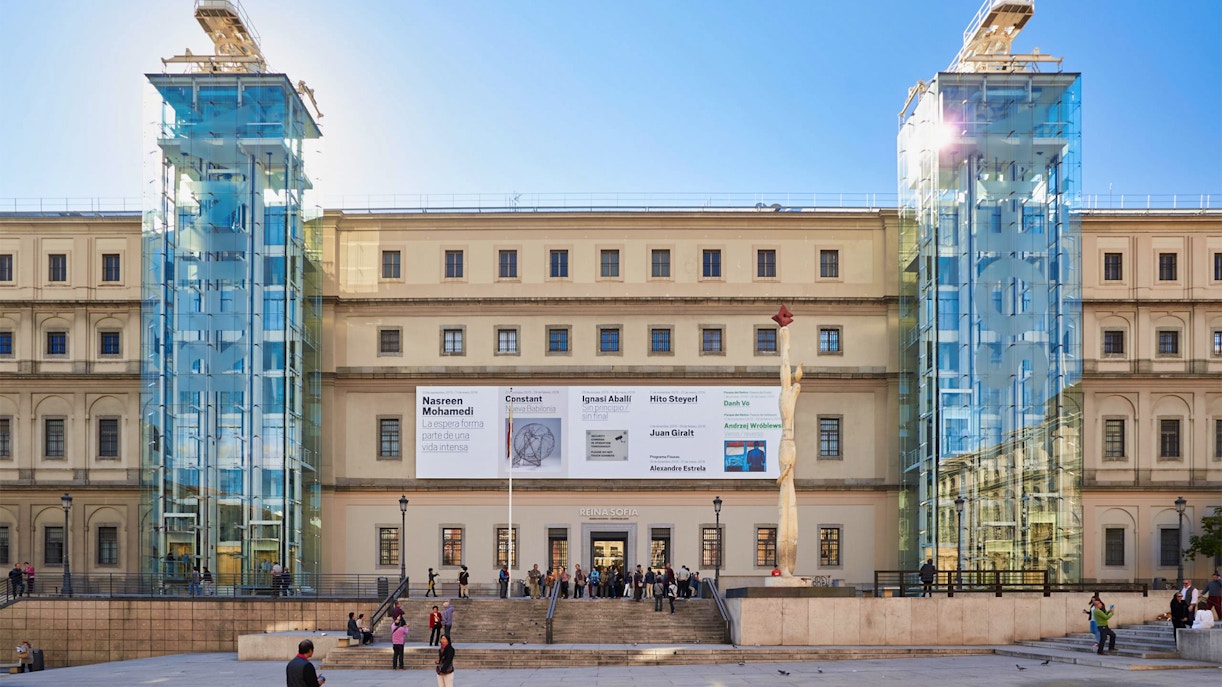
The Reina Sofia Museum boasts a stellar permanent collection spanning centuries, art movements, and continents. Post-reopening on 27 November 2021, the museum’s Permanent Collection was divided basis of themes and genealogies rather than events and works. The museum’s collection of 2000 artworks is divided into eight thematic episodes, each with a unique vision and story.
- Avant-Garde Territories: City, Architecture and Magazines
- The Lost Thought
- Enclosed Field
- Double Exhibition: Art and the Cold War
- Enemies of Poetry: Resistance in Latin America
- A Drunken Boat: Eclecticism, Institutionalism and Disobedience in the ’80s
- Apparatus 92: Can History Be Rewound?
- Exodus and Communal Life
Reina Sofía Collection highlights | What to look out for
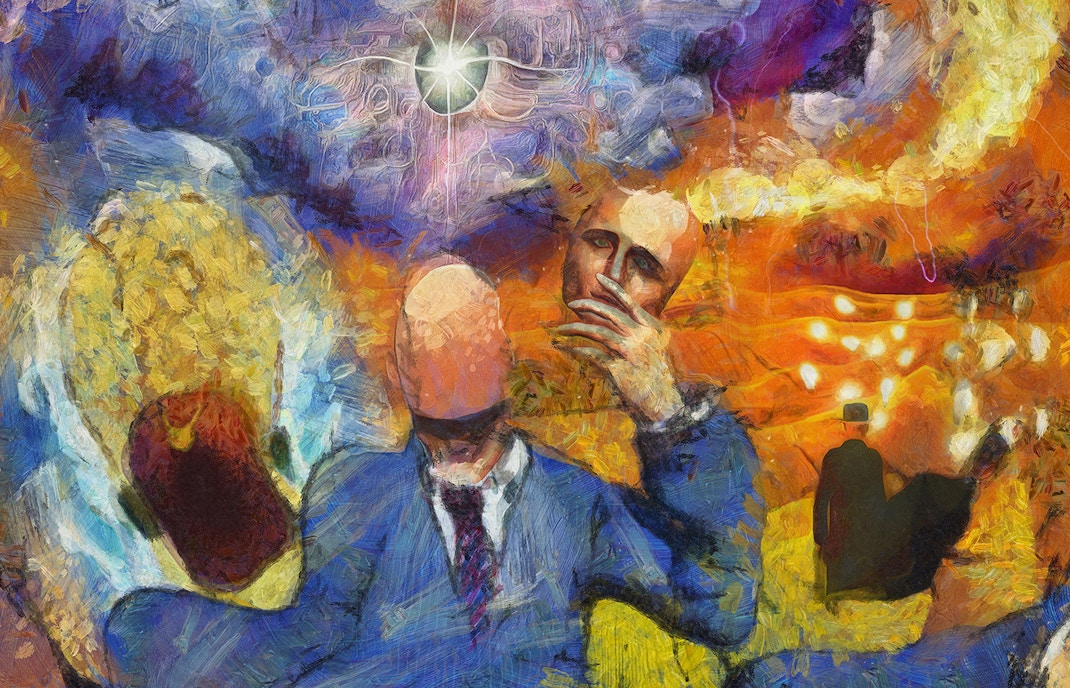
Surrealism
The museum's collection features an impressive selection of works by the Surrealist movement, including paintings by Salvador Dalí, Max Ernst, and René Magritte. These artists were known for creating dreamlike, often bizarre images that challenged conventional ideas about art and reality.
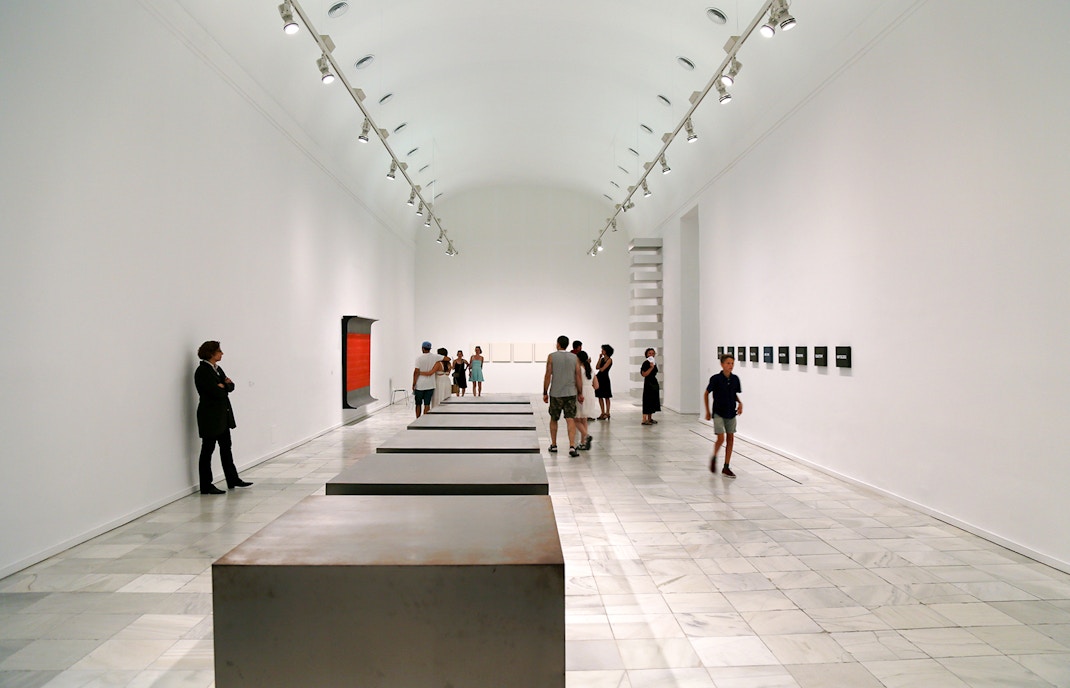
Cubism
The museum's collection also includes many examples of Cubist art, which emerged in the early 20th century and was pioneered by artists such as Pablo Picasso and Georges Braque. Cubist art is characterized by its fragmented, geometric forms and its exploration of multiple viewpoints.

Abstraction
The museum has a significant collection of abstract art, including works by Wassily Kandinsky and Kazimir Malevich. These artists sought to create art that was divorced from recognizable subject matter, instead emphasizing the expressive potential of color, shape, and line.
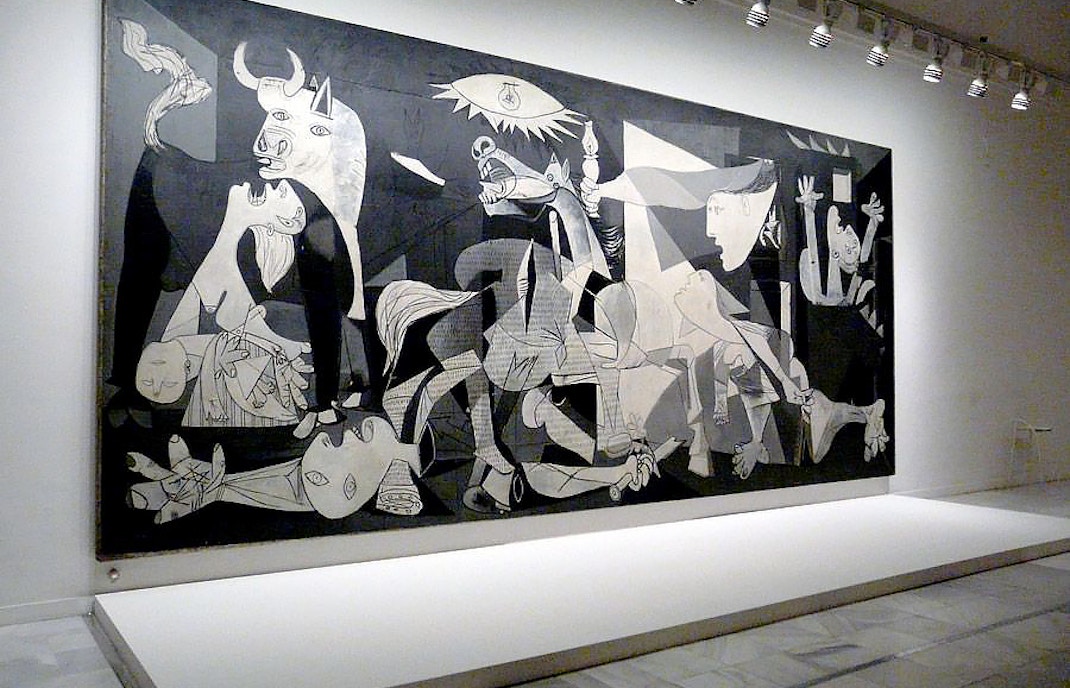
Spanish Civil War Art
The museum's collection also includes many works that deal with the Spanish Civil War, including Guernica by Pablo Picasso, which is one of the museum's most famous pieces. These works reflect the political and social upheaval of the time and often have a strong sense of social commentary.
Thematic albums
Reina Sofia Museum's Thematic Albums offer an in-depth exploration of the museum's collections, providing a unique perspective on various themes in art and culture.

Episode 1 : Avant-garde Territories. City, Architecture and Magazines
Sabatini Building, Floor 2
The Avant-garde Territories: City, Architecture and Magazines episode at Reina Sofia Museum is a thematic episode that explores the relationship between art and architecture in the first third of the 20th century. It features works by artists such as Le Corbusier, Theo van Doesburg, Gerrit Rietveld, El Lissitzky, and Kazimir Malevich.
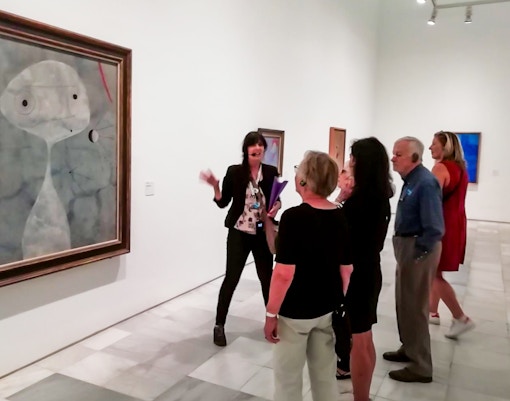
Episode 2 : The Lost Thought
Sabatini Building, Floor 4
The Lost Thought is an exhibition that explores the relationship between art and politics in the 20th century. It features works by artists such as Marcel Broodthaers, Marcel Duchamp, and Robert Motherwell.
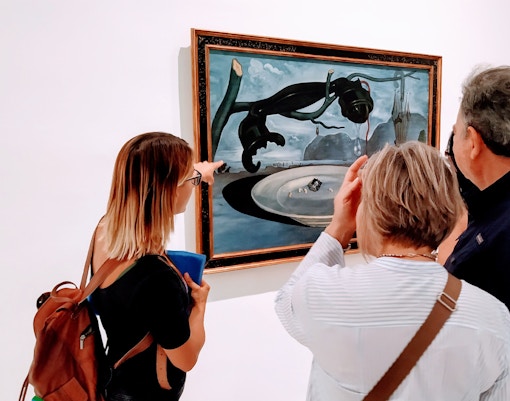
Episode 3: Campo cerrado
Sabatini Building, Floor 4
“Episode 3: Campo cerrado” is a part of the “Autarchy in Spain” exhibition at the Museo Nacional Centro de Arte Reina Sofía in Madrid, Spain1. The exhibition covers the period from the end of the Spanish Civil War in 1939 to 1953 with the signing of the Pacts of Madrid. “Campo cerrado” means “closed field” in Spanish and refers to a period when Spain was closed off from international trade.
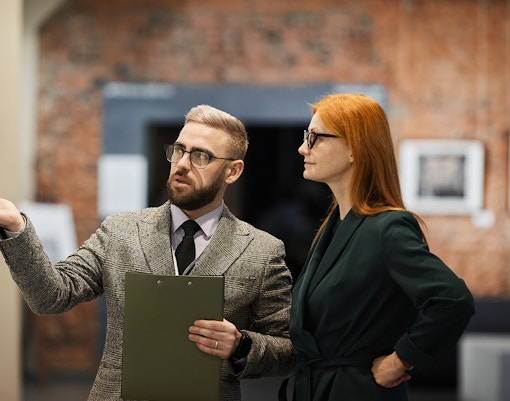
Episode 4: Double Exhibition: Art and Cold War
Sabatini Building, Floor 4
The exhibition covers the period from the atomic bombings of Hiroshima and Nagasaki in 1945 to the end of the Cold War. This era was shaped by the predominance of the USA in the Western world. The exhibition explores how clashes were resolved to a large degree in the cultural sphere.
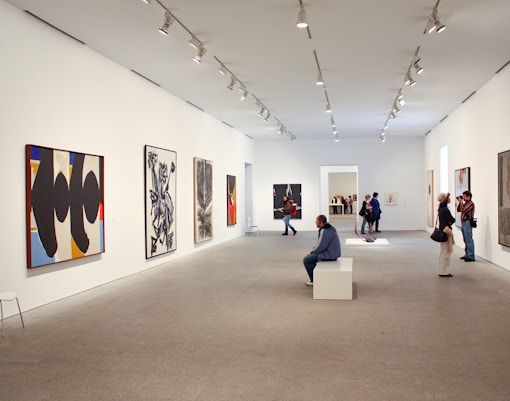
Episode 5: Enemies of Poetry: Resistance in Latin America
Sabatini Building, Floor 4, and Nouvel Building, Floor 1
The exhibition “Episode 5: Enemies of Poetry: Resistance in Latin America” covers the period spanning the late 1960s to the mid-1980s. This era was marked by colonial legacy and a succession of totalitarian regimes. The exhibition explores artistic experimentations from the preceding decades that became radicalised and violently situated.

Episode 6: A Drunken Boat: Eclecticism, Institutionalism and Disobedience in the ‘80s
Nouvel Building, Floor 0
The curator of the 1982 Documenta, Rudi Fuchs, proposed the title The Drunken Boat, inspired by Arthur Rimbaud's poem, to reflect the aimless drifting of art outside of "style wars". This approach led to a variety of forms and expressions that challenged the traditional boundaries of art. In Spain, the fledgling democracy brought institutionalization of art, which replaced social struggles against Francoism, and painting became the common language.
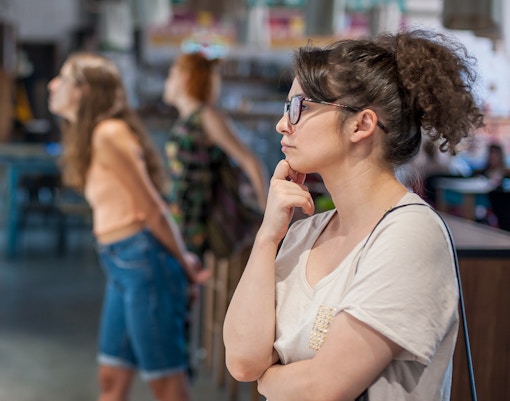
Episode 7: Apparatus 92. Can History Be Rewound?
Sabatini Building, Floor 0
The exhibition explores the relationship between art and technology in the early 1990s. With the fall of the Berlin Wall in 1989 and the disintegration of the socialist bloc, free-market economic policies expanded, triggering responses from anti-globalization and alter-globalization movements.
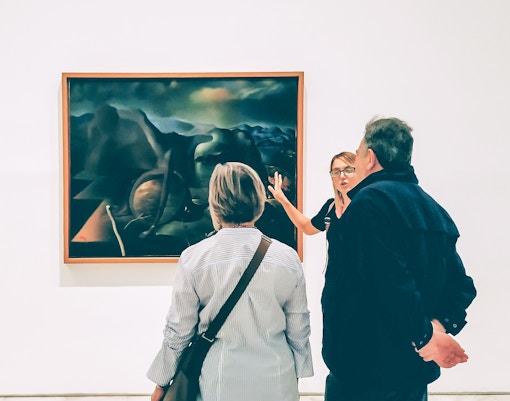
Exodus and Communal Life
Sabatini Building, Floor 1
Exodus and life together, the last episode of the Reina Sofía Collection, narrates the European struggle post the 2008 housing bubble. The art pieces and pictures in this episode reveal the financial and identity crisis in the streets of Europe. “Transactions of the rich. The action” and “circular flow of money” by Efren Alvarez are two interesting pieces you must explore.
Book Reina Sofía Museum Tickets
Frequently asked questions about Reina Sofía Collection
The Reina Sofia museum collection features over 20,000 works of art, with only five percent currently displayed. In addition to the collection, the museum also boasts an extensive art library, featuring over 100,000 books.
The Reina Sofia Collection features paintings, drawings, and sculptures by Pablo Picasso, Salvador Dali, Joan Miró, Eduardo Chillida, and other legendary artists.
You need between 3-4 hours to explore the major highlights of Reina Sofia Collection.
Around 2000 paintings are part of the Reina Sofia Collection.
Pablo Picasso’s “Guernica,” “Face of the Great Masturbator” by Salvador Dali, and “Mendiant aveugle (Blind beggar)” by Dora Maar, aka Henriette Theodora Markovitch, are the highlights of the Reina Sofia Collection.
The Reina Sofía Museum houses one of the finest collections of contemporary art in the world, including Picasso’s iconic Guernica. However, not all of the collection is on display at any given time. The museum has reorganized its entire collection, which includes around 2,000 works of art.
The Reina Sofia National Art Centre opened its doors to the public in 1990 with a major collection of Spanish and international art covering the period between the late 19th century to the present day.
The Reina Sofia Collection is part of the Sabatini Building. It is spread over several floors.
Pablo Picasso’s “Guernica” is located on the 2nd floor in Room 205.10.
Salvador Dalí’s “Retrato de Luis Buñuel (Portrait of Luis Buñuel)” is displayed in Room 205.17 on the 2nd floor of the Reina Sofia Museum.
Pablo Picasso’s "Woman with a Mirror" and Alexander Calder’s "Carmen," are two popular sculptures of the Reina Sofia Collection.
